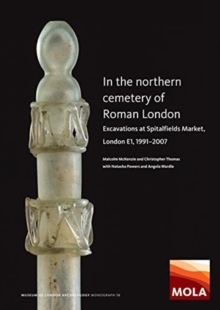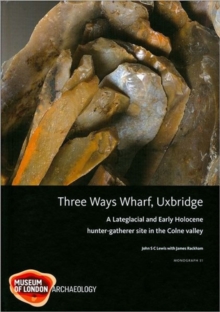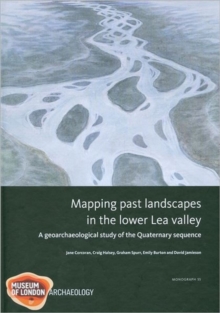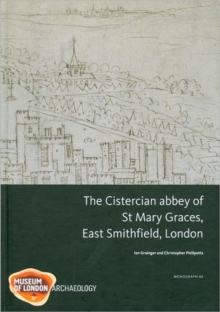
Roman and Later Development East of the Forum and Cornhill : Excavations at Lloyd's Register, 71 Fenchurch Street, City of London Paperback / softback
by Richard Bluer, Trevor Brigham, Robin Nielsen
Part of the MoLAS Monograph series
Paperback / softback
Description
Excavations in 1996-7 uncovered important new evidence for the development of the eastern part of the Roman Londinium, as well as medieval and later activity.
Early Roman activity took place on sloping ground near a minor tributary of a small stream, known as the Lorteburn in the medieval period.
First-century development included ditches and a scatter of timber buildings. Boundaries were aligned with a nearby road to the north-west of the site, and did not match the orientation of either the forum to the west or the Colchester road to the north.
Development increased until interrupted by the Hadrianic fire.
More substantial stone buildings, reached by secondary alleys or paths, date from the mid 2nd century onwards and include sunken rooms, good-quality painted plaster interior decoration, and unusual ribbon pointing and painted ashlar-effect rustication.
A sunken-floored aisled building with brick pier bases may have incorporated a warehouse.
In the mid 3rd century new masonry buildings were constructed on a different alignment.
The new complex included suites of heated rooms and a possible bathhouse. Contemporary timber structures may have been outbuildings.
The site produced an important assemblage of late Roman pottery.
The Roman buildings were abandoned in the late 4th-century and their remains sealed by 'dark earth'.
Reoccupation was represented by 11th-century rubbish pits and robbing of Roman masonry.
The early 12th-century church of St Katherine Coleman lay to the north of open ground and gardens up to the 16th century.
Post-Great Fire evidence included fortifications of the rebuilt 18th-century church, vaults of the East India Company Tea and Drug Warehouse and the Hambro synagogue.
Information
-
Out of Stock - We are unable to provide an estimated availability date for this product
- Format:Paperback / softback
- Pages:188 pages, 115 b/w illus, 33 tabs
- Publisher:Museum of London Archaeology
- Publication Date:18/06/2006
- Category:
- ISBN:9781901992434
Information
-
Out of Stock - We are unable to provide an estimated availability date for this product
- Format:Paperback / softback
- Pages:188 pages, 115 b/w illus, 33 tabs
- Publisher:Museum of London Archaeology
- Publication Date:18/06/2006
- Category:
- ISBN:9781901992434










